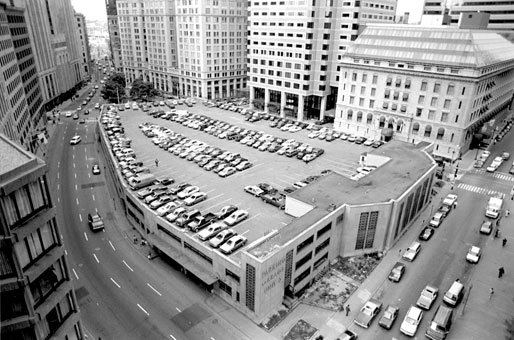PART 4: Secret Level
Congratulations! You've reached the secret level!
But really though, it was like a secret underground cave/space.
Do you remember the video from Part 2? The thing that they were constructing wasn't LEA's building design, it was what was under it. This was all designed by the engineers for the actual water treatment, while what LEA designed was for the workers and visitors (above ground).
So, this hidden, underground block of space that is supposed to be filled with water---isn't. Not yet, at least. So, Lance and I got to go into it!
This big chunk of space with like maaaaassive tubes. And it's all underground. And it's all cement. And you get these cool light rays coming down from up ahead from the 2 openings on either side. And it's so massive. And it's all empty (besides the tubes). And tubes were like hanging down-ish.
It was so cool.
And it's all supposed to be filled with water!! But it wasn't.
Honestly, if it wasn't supposed to be filled with water and become a water treating plant, it would be SUCH a cool space to just be in.
Beyond this secret underground facility, I'll also use Part 4 of this series to share my overall thoughts and observations upon this entire field trip:
Wow! I really liked it. It's one thing to work in an office, and another thing to go out and 'explore'. With an architectural profession, it's like you get the best of both worlds, both working in and out of the office. (For some people more than others though, depending on your main role in the firm). However, either way, your ideas will get out into 3D, physical form, for a plan that is confirmed and funded.
I also really enjoyed going onto the construction site. It was definitely a whole 'nother experience to be seeing a construction site from afar (like passing by on a car) than to physical step into one (and wear the vest and the hard hat). Being able to experience all this has allowed me to have more sense into the building that are built. I feel like the beauty of buildings lies in the (I guess) personal touches that must be put into its development. Someone hand-designed this roof. Someone hand-welded this roof together. Someone personally oversaw and inspected this roof for its aestheticism and functionality.
It's like the maintenance of a handicraft in our technology-driven world. In this aspect, computers, machinery, and technology hold their purpose in aiding the architects, engineers, and constructors. Aiding and assisting, rather than completing and doing. In my opinion, I guess this is why they call architecture an art. An art meaning that it must be cultivated and use thought.
(On a side note, I'd really like to emphasize the roadrunner I saw (and also the food, because the food was really yummy---it was like a 50% completion celebration, so they had a catered barbecue). But, really, the roadrunner... It was so cute, and it ran away. I seriously thought that it had a blue tail... And it was a lot smaller than I thought it would be! Maybe, because I picture ostriches when I hear roadrunner... I was going to include a picture on this post, but when I searched it up, I found out that they look kind of scary up close... I'll stick with the cartoon ones)
http://www.clipartkid.com/images/324/road-runner-clip-art-cliparts-co-eNJwF5-clipart.png



















